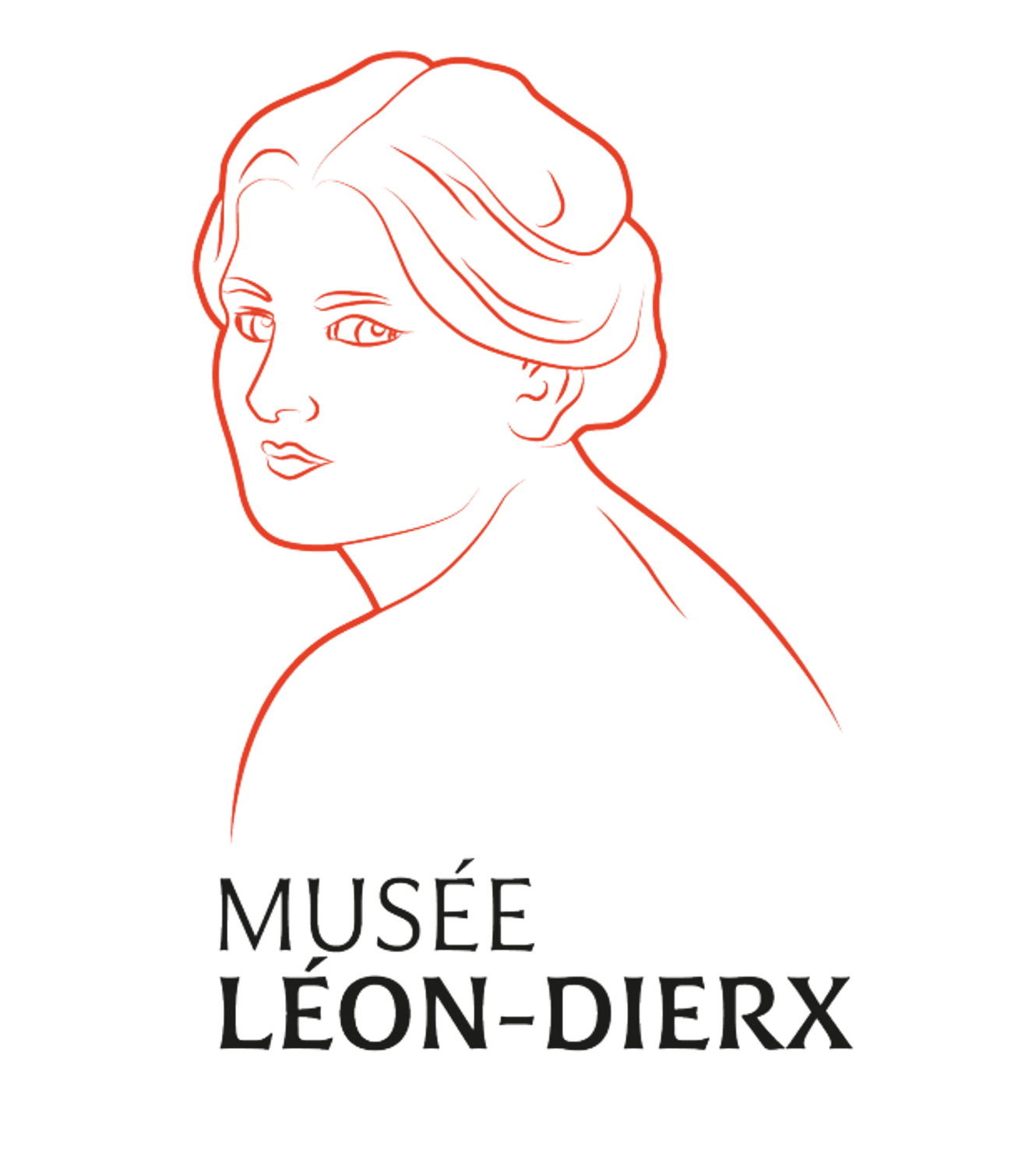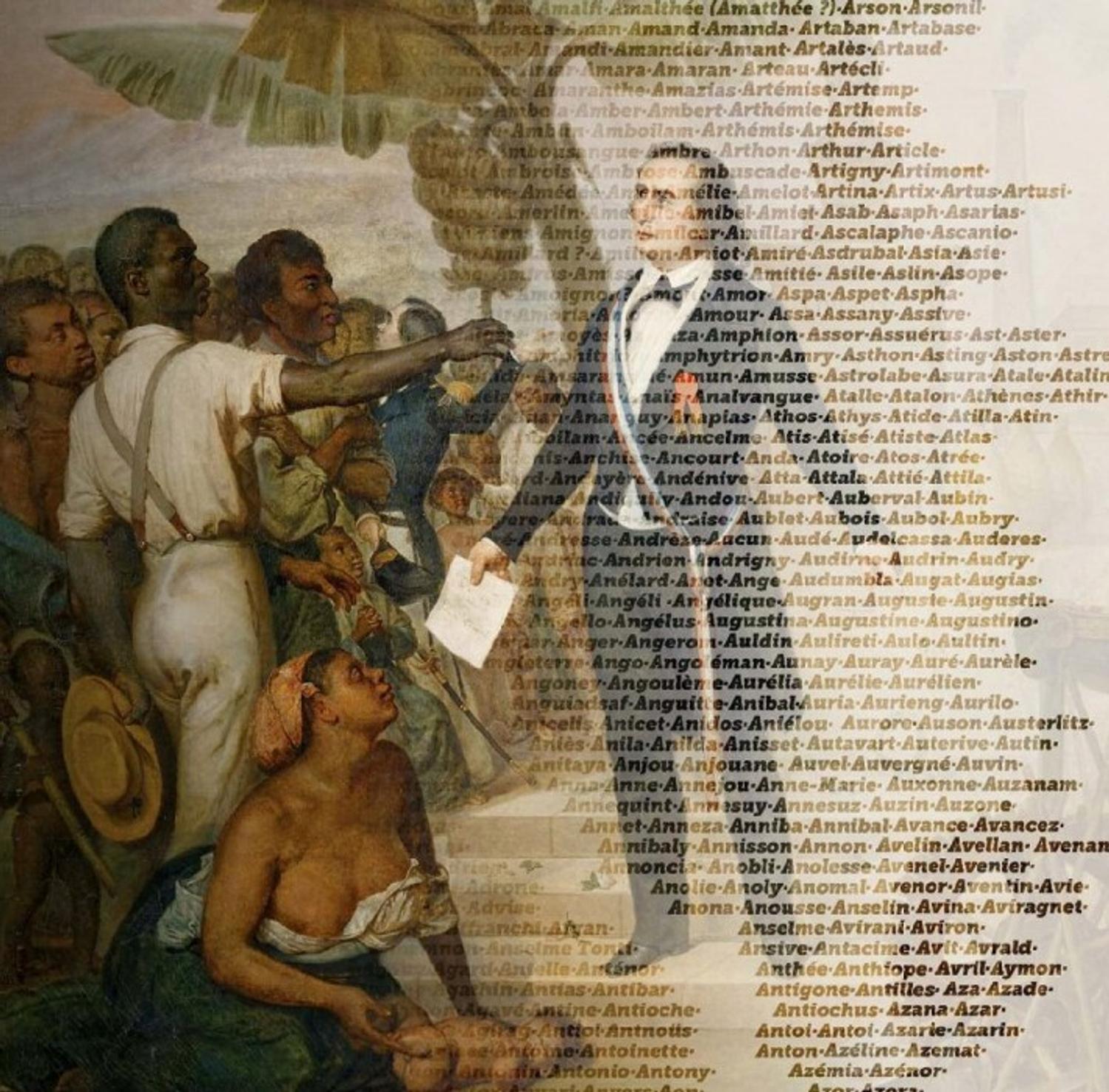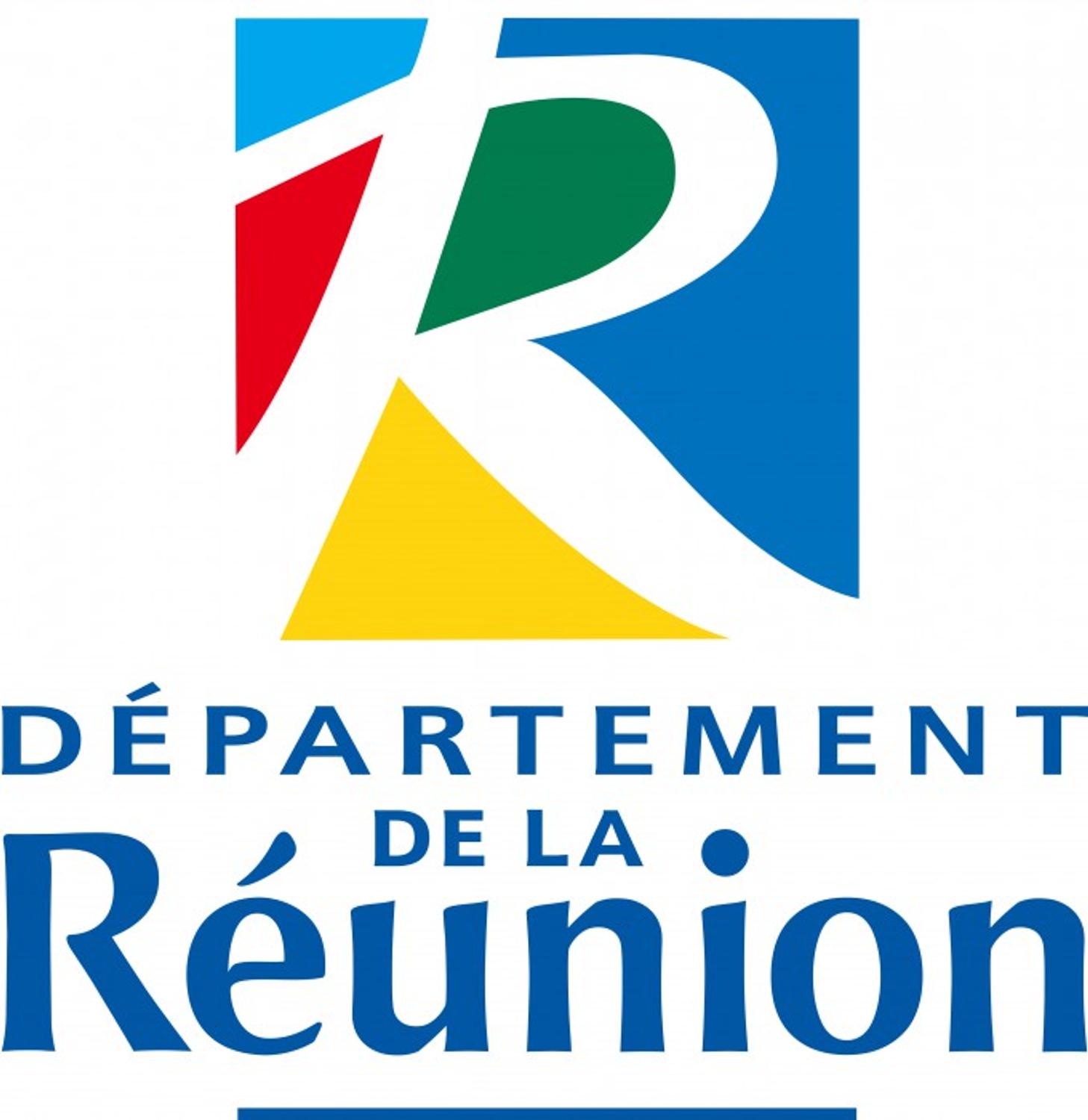To mark the 170th anniversary of the abolition of slavery
ABOLITION DAY
With an installation by Mathilde Fossy « Dissipating the mist »
27th April - 15th September 2019
A historical confrontation
On 20th December 1848, over 60,000 slaves were freed following a speech given by the Commissioner of the French Republic Joseph Napoleon Sarda-Garriga on the square of the Place du Gouvernement in Saint-Denis. A year later, the artist Alphonse Garreau, living on the island during that period, produced a painting recording the event that today bears the title of d’Allégorie de l’abolition de l’esclavage à La Reunion (Allegory of the abolition of slavery in Reunion).
The artist’s vision focuses on power, order and work. The main subject of the painting is Sarda-Garriga. The message transmitted by the painting is clear: freedom goes hand-in-hand with the obligation to work. In this painting, the people in the crowd of totally anonymous former slaves have no means of expressing themselves. Revisiting the painting « Allegory …» to give a presence to these slaves consists in enlarging the meaning of the painting, so deeply anchored in history.
The project of the Leon-Dierx art gallery consisted in combining history and contemporary art. Dissiper la brume (Dissipating the mist), the installation by the artist Mathilde Fossy created for this exhibition, offered the possibility of travelling through the meanders of history. At the heart of the artistic creation, the names given to the slaves in 1848 echoed the painting by Garreau and resonated with today’s patronymics, like a new allegory taking into account the temporal character of the 170 years that have since passed.
An exhibition in three sections
The first section brought together lithographs and engravings from collections of cultural institutions of the Departmental Council of Reunion, linked to denouncing the slave trade and the system of slavery in the colonies.
From late 18thcentury engravings taken from works published by intellectuals during the Enlightenment to engravings linked to the first abolition in 1794 and from the many etchings denouncing the slave trade during the first half of the 19thcentury to the emblematic paintings commemorating the end of slavery in England and in France, through a selection of original works and reproductions, visitors could follow the historical evolution of ideas and their representation by artists.
The second section focused on events that took place in Reunion in 1847-1848, through the artistic works of two artists present on the island during that period: Antoine Louis Roussin (1819-1894) and Adolphe Potémont (1828-1883).
Through their lithographs, often satirical, they referred to the end of slavery, abolition and the reactions of the population faced with this historical event during these few months that came to totally disrupt the history of Reunion.
Returning to Reunion 170 years after it was painted, the painting by Alphonse Garreau, Allégorie de l’abolition de l’esclavage à La Réunion (Allegory of the abolition of slavery in Reunion), now conserved in the Quai Branly-Jacques Chirac museum, was presented in this section of the exhibition.
In the third section, the work by Mathilde Fossy, Dissiper la brume, (Dissipating the mist), made it possible to go beyond the painting. The installation invited visitors to wander through a space structured by sheets of plexiglass.
On each panel were inscribed the names of slaves freed in 1848, forming a symbolic crowd. Walking between the names represented moving from the past to the present, where each of us has a role to play. The choice of this transparent material also reflected the desire to be stripped naked, to unearth the true nature of this historical event and clarify the situation.






